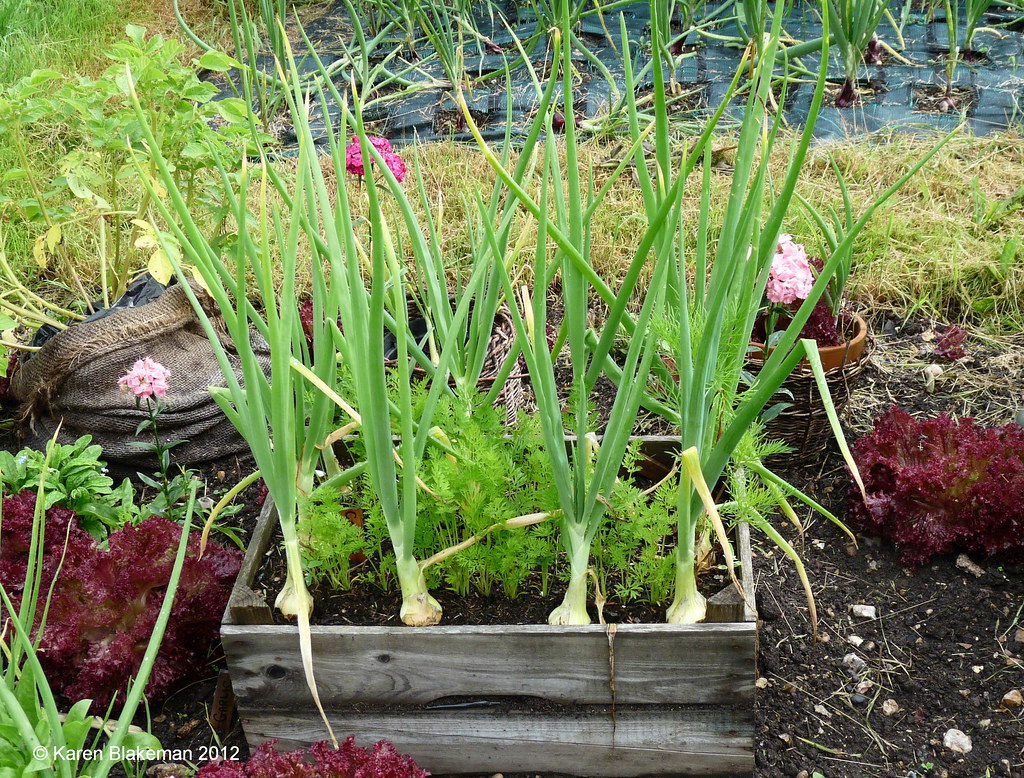Boost Pest Control with Companion Planting, A Comprehensive Guide

Boost Pest Control with Companion Planting: A Comprehensive Guide
Companion Planting for Pest Control: An Introduction
Ever heard of using plants to ward off pests? That's what companion planting is all about. It's a natural pest management strategy that can help you keep your garden thriving without resorting to harmful chemicals.
What is Companion Planting?
Companion planting is the practice of growing different plant species together for mutual benefit. This can include enhancing growth, improving soil health, and deterring pests.
Natural Pest Management: The Power of Companion Planting
Many plants have natural defense mechanisms that can deter pests. By strategically placing these plants in your garden, you can create a pest-resistant environment.
Companion Plant Benefits: Beyond Pest Control
Companion planting offers more than just pest control. It can also attract beneficial insects, improve soil fertility, and enhance the overall health of your garden.
Garden Pest Solutions: Common Pests and Their Plant Enemies
Different pests require different plant defenses. Let's look at some common garden pests and the companion plants that can help keep them at bay.
Organic Pest Control: The Role of Companion Planting
In the quest for organic gardening, companion planting plays a crucial role. It's a safe, effective, and environmentally friendly way to manage pests.
Debunking the Myth: Does Companion Planting Really Work?
There's a lot of misinformation out there about companion planting. But according to research, when done correctly, it can be a powerful tool in your gardening arsenal.
Plant Combinations: Creating a Pest-Resistant Garden
Let's delve into some effective plant combinations for pest control. From marigolds and tomatoes to basil and peppers, these pairings can make a big difference.
Designing Your Garden: A Strategic Approach to Companion Planting
Planning is key when it comes to companion planting. Consider the needs of your plants, the layout of your garden, and the pests you're trying to deter.
Maintaining Your Garden: Tips for Success
Regular maintenance is essential for a healthy, pest-free garden. Rotate your crops, keep your plants healthy, and monitor for pests.
Overcoming Challenges: Common Pitfalls and How to Avoid Them
Companion planting isn't without its challenges. Learn how to avoid common pitfalls and maximize the benefits of this natural pest control strategy.
The Future of Gardening: Embracing Companion Planting
As we strive for more sustainable and eco-friendly practices, companion planting is likely to play an increasingly important role in gardening.
Conclusion: Harness the Power of Companion Planting
Companion planting is a powerful tool for natural pest control. By strategically combining plants in your garden, you can create a thriving, pest-resistant ecosystem.
FAQs
-
What are some common companion plants for pest control?
- Marigolds, basil, and nasturtiums are all known for their pest-repelling properties.
-
Can companion planting completely eliminate the need for pesticides?
- While it can significantly reduce the need for pesticides, it may not eliminate them entirely, depending on the specific pests and conditions in your garden.
-
How do I know which plants are good companions?
- Research is key. Look for plants that have complementary needs and benefits, and that can help deter pests from each other.
-
Can I use companion planting in a small garden or container?
- Absolutely! Companion planting can be effective in any size garden, including containers.
-
How long does it take to see the benefits of companion planting?
- The benefits may not be immediate, but with time and proper care, you should start to notice a decrease in pest problems and an increase in overall garden health.
0 Response to " Boost Pest Control with Companion Planting, A Comprehensive Guide"
Post a Comment